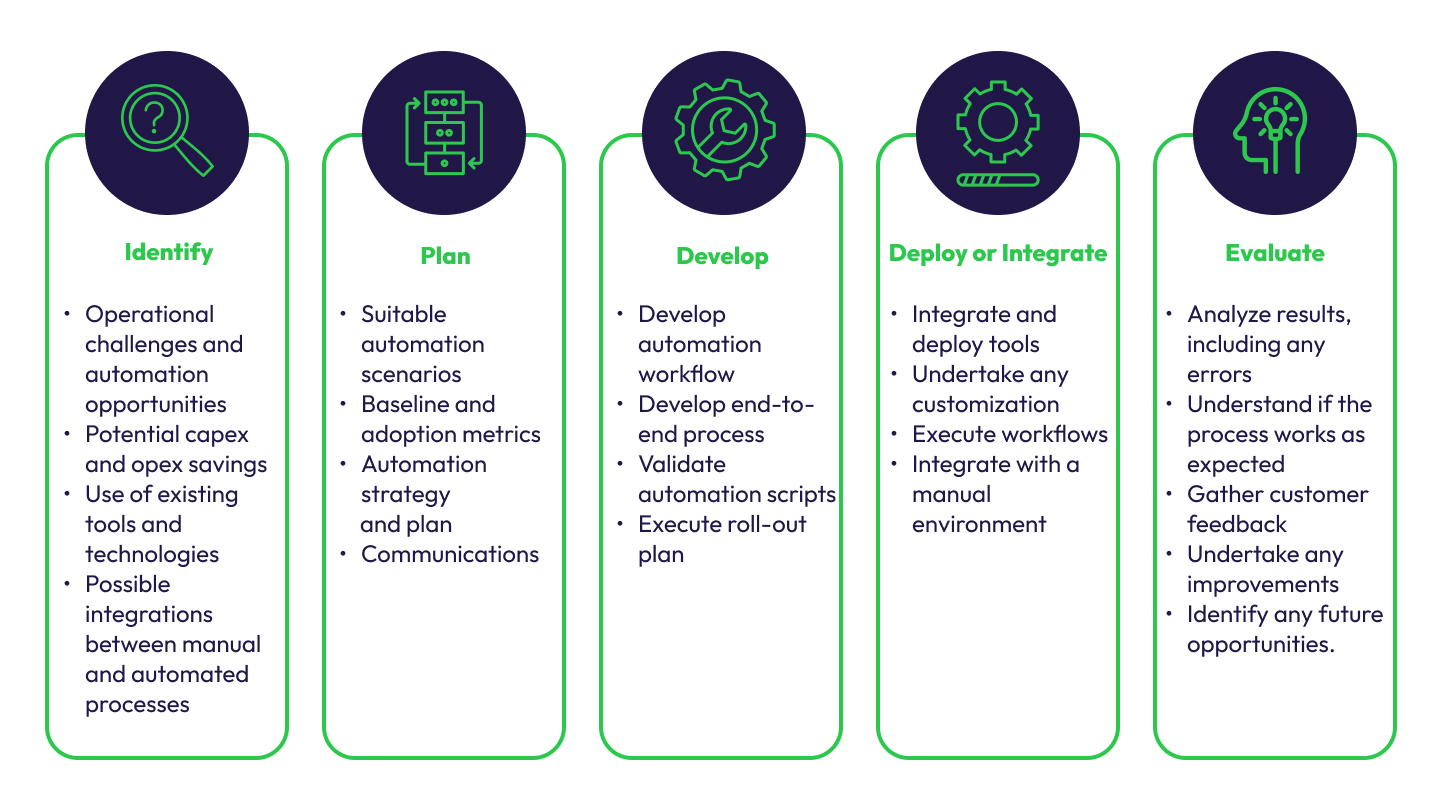



Blog | Technology
16th April, 2024

Neville Hughes is a seasoned IT executive with over 25 years of experience across many industries, including financial services, media, and publishing. He excels in delivery-oriented environments and has a strong track record of delivering improvements to clients and employees globally. During his extensive career, Neville has achieved a high level of competency in ITIL and Service Management. He is a regular presenter at industry events, including ITSM, SDI, and Service North, and is a thought leader in experience management and experience–level agreements.
We outline the steps and benefits for organizations to transition to automated support models that level up their customer experience.
Something we’re seeing more of across the IT service management industry is an increased desire to introduce zero-touch, particularly when it comes to service desks. This blog aims to arm you with all the relevant information you’ll need to understand the benefits zero-touch service desks could bring to your organization and how to get started.
First, let’s look at what a zero-touch service desk means: it’s a way to provide IT support to end-users without requiring any human intervention. It uses automation, artificial intelligence, and self-service portals to handle common IT requests and issues. The outcome? Achieve faster resolution times, cost savings, improved productivity, increased efficiency, and less disruption through improved end-user experience and the availability of support services.
Let’s look at the benefits of zero-touch service desks in a bit more detail:
Working toward a zero-touch service desk is a journey—facilitated through rapid transformation—an approach beneficial for service desks. Show tangible improvements to ease costs, improve end-user experience, and increase overall end-user productivity.
Brillio has a structured assessment methodology for rapid transformation using an outcome-based delivery model, leveraging a lean automation digital framework. There are several steps underpinned in this model that include the following:
